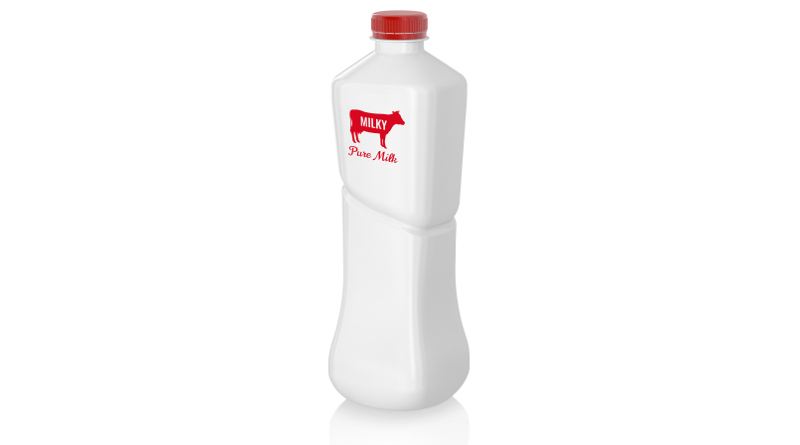New masterbatch offers zero TiO2
In early 2018, white opaque PET bottles for milk narrowly escaped being banned in France, on the basis that they were “non-recyclable”. Ultimately, the bottles were allowed to remain on the French market, conditional on the industry driving a drastic reduction of TiO2 (titanium dioxide) content. The following year, Penn Color introduced pennaholt, a white masterbatch containing 50% less TiO2. Its latest variants are now available with only one per cent or even zero TiO2 but with the same opacity and whiteness.
TiO2 now faces another critical challenge. In February 2020, the EU CLP (classification, labelling and packaging of chemical substances) classified it as a suspected carcinogen (level 2), by inhalation of powders or dust. The effective date of restriction is confirmed as October 2021. As the classification is “by inhalation”, it does not apply to packages, where TiO2 is “locked” in the polymer.
Packagers should, however, be aware that it is the combination between the CLP and the EU waste directive that is a concern. Any waste containing more than one per cent of a carcinogenic substance is considered hazardous. The waste directive applies regardless of the form of the substance so it means any recycled PET bottle with more than 1% TiO2 is hazardous waste. The EU has recently published its “new circular economy plan” with even stricter regulations on the presence of hazardous substances in the recycling streams.
White opaque PET will face a challenging situation from October 2021, additional to its technical compatibility with the recycling stream and the Single Use Plastic directive. Penn Color says that it can help customers with its technological development of pennaholt. Its latest variants are now available with only one per cent or even zero TiO2 but with the same opacity and whiteness. Depending on the target application, it could even be formulated with no minerals. Its mechanism is created by a composition of inert particles and a highly engineered organic polymer, with high molecular weight and high thermal stability, that is FDA approved and REACH compliant.
On the recycling side, Penn Color says that pennaholt meets the APR and EPBP guidelines on elutriation, extrusion, solid stating and material IV, with 50% rPET blend. When taken through multiple cycles of bottle-to-bottle closed-loop recycling, PET bottles with the latest version exhibit no difference to clear PET bottles in terms of IV loss, either.
The complete article can be read in PETplanet Insider 6 / 2020

